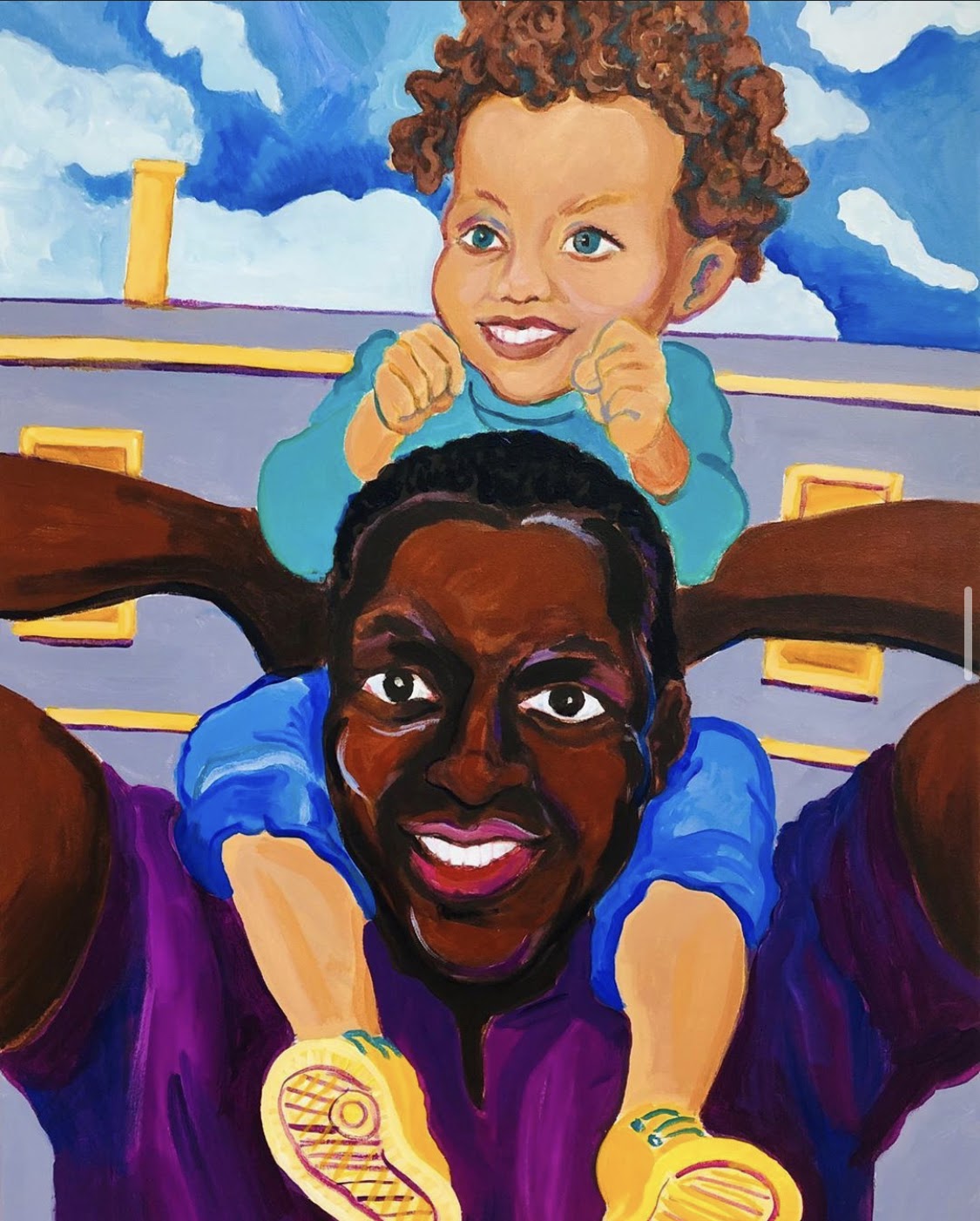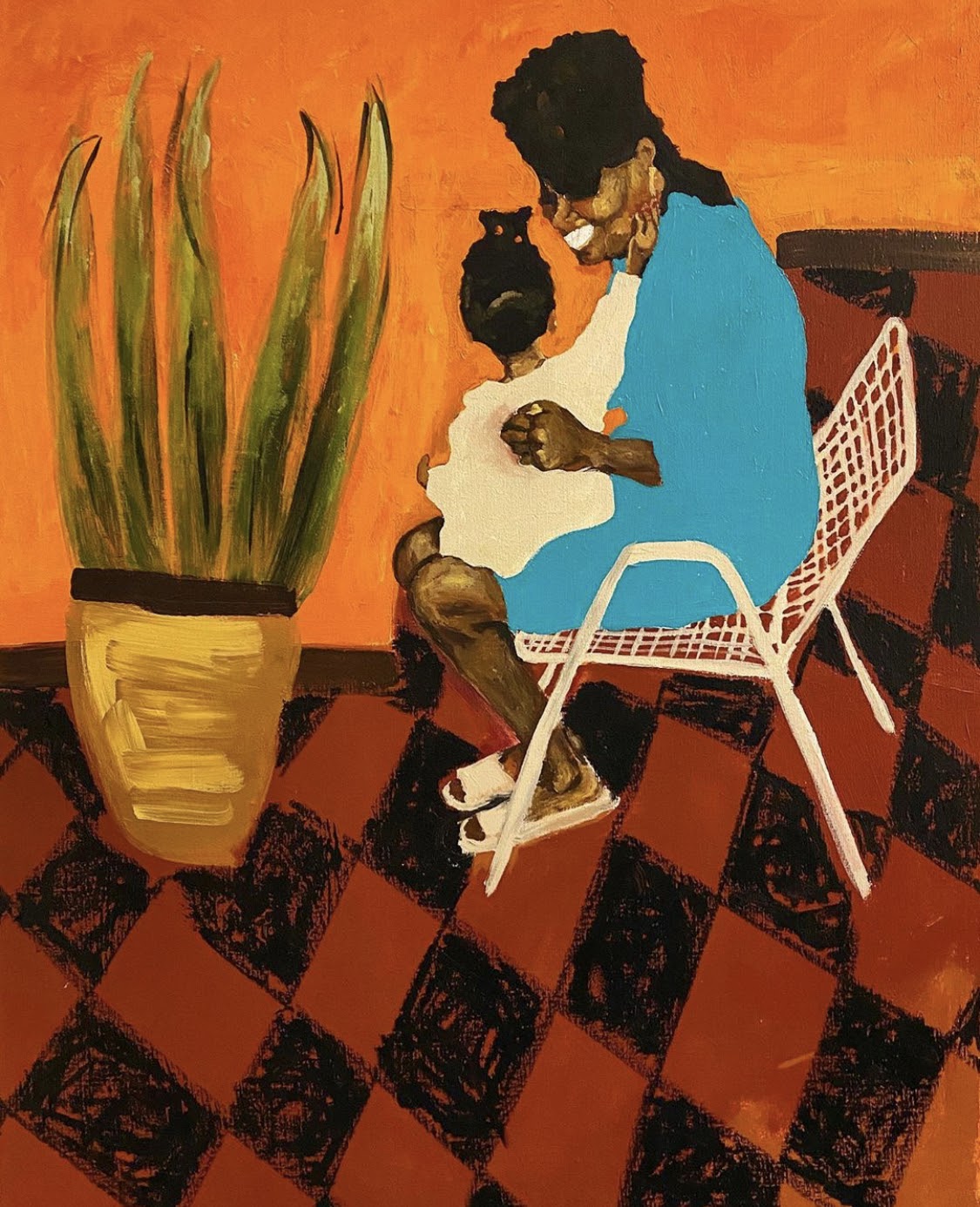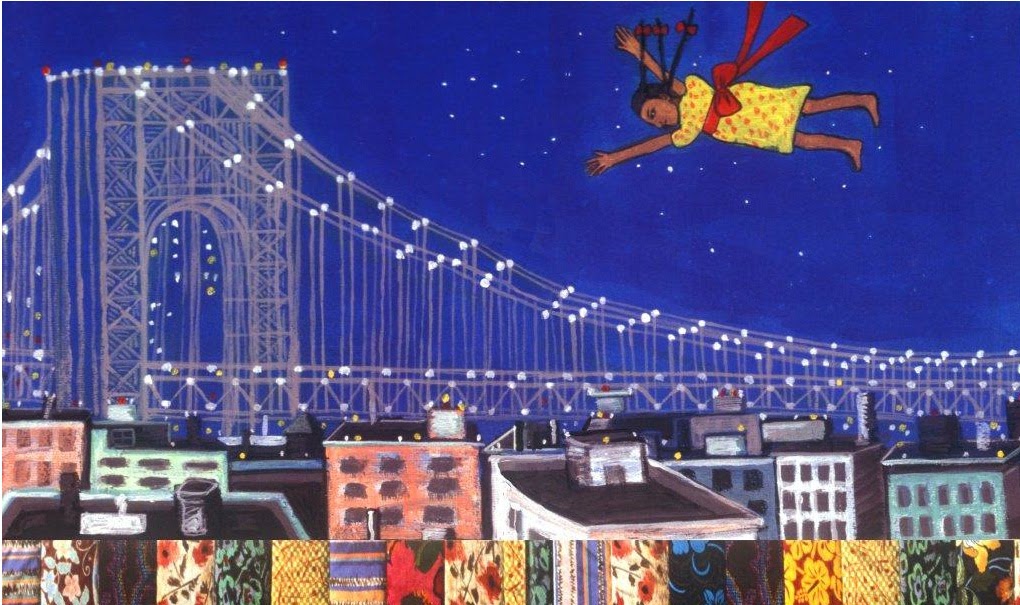Image courtesy of Pinterest.
George Floyd. Breonna Taylor. Ahmaud Arbury. These are some of the many recent names that are victims of police brutality. One of which is Tamir Rice, who was no more than 12 years old when he died. His age should signal to you that this is an issue that involves conversations with your kids. Race is a social construct mess just does not suffice. Race, through instances like this, become a real thing that people discriminate from. These names circulate and your kids are bound to ask questions. If they do not ask, be proactive to frame what is going on before the hate around us shapes their mind. Parents are often the first resource that children go to for information or they are the filter to distinguish their morality.
This article intends to be a resource for parents of Black and Brown children. This niche topic is necessary because all the book lists on social media and major news sources cater to the anti-racist work that parents need to instill in White children. That is great, but there are not as many resources that break down how to approach these conversations that affect Black and Brown children. If they do not see the news or hear conversations, they will experience what their skin signals to people, from prejudice from adults to how their friends pick their playmates. Therefore, these conversations are crucial to initiate your children to the world that they live in.
We provide for you, in this article, many entry points to start the conversation about race and unfortunate realities that the world is composed of. We understand that you want to coax your child and protect their innocence, but without these conversations you do a disservice by not preparing them for the world they live in. In this post we discuss with you the following:
- How to Start Conversations About Race
- For Us By Us (FBU) Tips to Navigate Race for Black and Brown Children
- Books and Resources About Race

Why Susy Can’t Touch My Hair at School and Other Things I Have to Explain: Recognizing Conversation Cues
How to Initiate the Conversations, With Your Kids, About Race
According to Afiya Mbilishaka, a D.C.-based clinical psychologist and professor, in the New York Times, by ten-years-old kids have a complex conception of social status and race relations. Are you looking for the universe to drop hints of when to start the conversation about race with your kids? If so, there are many entry points to this dialogue. For instance, one that many parents use is talking about why kids cannot play with their kids’ hair at school. It shows that these conversations should be as routine and mundane as wrapping your child’s hair before bed or them learning how to act. Talking about racial differences before approaching the legacy of racism in this country is an approachable way or talking about what it means to be Black or Brown in America.
Other conversation starters are through their own school material, have these conversations through the art and drawing that your kid makes (how do they represent their family and people of color?), commenting on what you are watching on tv in that moment, and asking kids what they notice about the news first and approach it as an inquiry-based dialogue methodology (that’s just fancy speak for asking them what they know and interject knowledge about navigating race). This is an easy way to find out how your child views the world and how you can allow them to have a broader worldview. Oftentimes kids will relate race to what they know in simpler terms—so and so does not get in trouble for what they do, I always take the fall because they say I look suspicious, and I don’t know why. That can illustrate the interplay of race and privilege in their daily life that they somewhat comprehend.

UBU Tips to Navigate These Tough Conversations
Entry Points and Conversations About Race to Have With Kids
- Create a safe dialogic space for kids to feel safe and ask any questions that they may have. Do not chastise kids for their many questions (even if they come when you are on the phone or doing something else). Prepare for the questions because there will undoubtedly be many.
- Allow emotional responses. If you boo hoo through it or Denzel (the single Glory tears intermittently), show that to your kids. It shows the severity of the conversation and the transparency that is needed with this subject matter.
- Teach your kids about how to interact with police. A famous scene of this version of ‘the talk’ is in The Hate You Give. Oftentimes, this is the version of the talk that kids get at a very young age to try to keep them safe from police brutality.
- Abide by filtering racism through your spiritual way of knowing as seen in Trevor Noah’s discussion of dealing with racism in his standup Son of Patricia. In this standup, Noah explained that his mom said to take the toxicity of racism and mix it in with your Christianity and give it back in a loving way. This teaches to not fight hate with hate but hate with love
- Call up your boy, your sistagirl, your aunty, and/or your uncle to discuss things that come up and have open and honest conversations to include your kids. It’s not just grown folks’ business, but kids do need to know to a certain degree what is going on in the world around them.
- Utilize storytelling. Oral histories carry the events of the Civil Rights Movement in the family, as well as the mundane things that happen. Do you notice that when you tell stories that you be like: White John said x, y, and z. Why do you identify people based on race? Yes, it is cultural, but in these stories use the constructions of your storytelling to prove a point.
- Instill racial pride. Mannnn listen.. These moments are the best to talk about a painful history and the resilience of Black people. During holidays like Juneteenth, or just ‘cause celebrate Blackness, and teach about Black history.
- Treat racial slurs like bad words. Try to censor your kids slightly from these hateful words that can fester poor self esteem internally.
- Laugh. This conversation is filled with sad and depressing facts, which may stimulate a pessimistic view of your world. A little Richard Pryor, Mo’nique, Marlon Winnayans, Tiffany Haddish, and (insert the name of your favorite Black comedian) ain’t hurt nobody, One way that many have dealt with the hate of racism, released it, and turned it into something productive is through laughter. Let that be healing for yourself and your kids.
- Remember that this is an ongoing conversation and if you make some mistakes that’s okay. Just say my bad, tell your kids the correct way that you have come to know, and move on.

Books Dropping Jewels of Knowledge
Books and Resources for Kids Related to Race
During the childhood of many millennials and early Gen Zers include books like Pink and Say, Tar Beach, Aunt Harriet’s Underground Railroad in the Sky, Happy to Be Nappy, and many others. Now, how do you find the books to inform your kids that fit the times? You can rely on the classics or lists like these: “Looking for Excellent “Diverse” Books for Children?,” and “Unity, Kindness, and Peace Reading List,” “Children’s Books About Race and Diversity.” Books are great resources to explore identity, difference, privilege, and provide a moral compass. They allow people to ‘step into the shoes’ of characters and emotionally invested in plot exposition. We hope that you can continue the conversation at your tray tables at the tv, your dining room, while your kids are working on homework, or your kid knocks on your door to ask a question. We recognize that these conversations are critical, so we applaud you for engaging in this journey to plant seeds of knowledge and self-preservation in this society.
